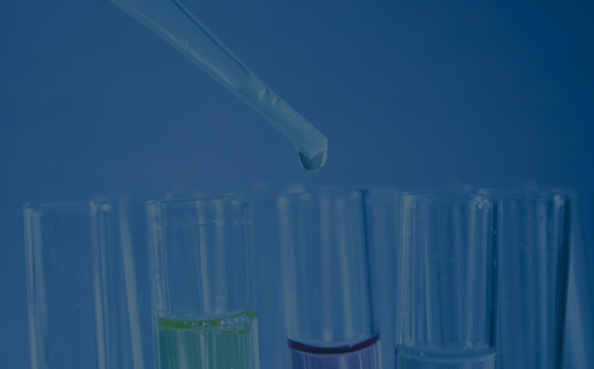By FAY REN
Centre Testing International (CTI) is the largest privately-owned testing, inspection & certification (TIC) service provider in China.
TIC is an essential service that permeates almost every industry, throughout the manufacturing and distribution process.
The TIC market is characterised by lower capital investments relative to other business service sectors and better revenue visibility, as many contracts tend to be long-term and recurring in nature. This means that, despite a highly fragmented market, where the top 3 global players (SGS, Intertek, Bureau Veritas) hold <25% market share combined, it is still possible to deliver very decent margins. Concentration tends to occur in niche specific disciplines, with a long tail of small, highly sector-focused companies (e.g. only c.20 authorised auto testers in China).
The Chinese private TIC market is very much the newcomer compared to its peers in Europe, where the large players have been established for over a century (some close to two). The industry only first started to open up to local private players in 1989, initially in the import/export sector, as China entered the global stage in trade. Gradually, the private sector was allowed to participate in other industries as part of SOE reform and deregulation with the aim to encourage benign competition. Private players tends to spend more on R&D and focus on operational efficiency versus incumbent SOEs. This trend is set to continue, as >50% of the Chinese TIC market to this date is still dominated by SOEs, particularly in sensitive industries. The latest major reform came in 2017 in Measurement & Calibration, where SOEs are no longer allowed to charge fees for this service. The auto sector, currently >70% SOEs, is also in the process of deregulation.
CTI’s business spans across four major segments: Life Sciences (food, medical & environment), Trade (3Cs), Consumer (autos & diversified consumer products) and Industrial (real estate & engineering projects). It is one of the few local testers to reach scale in a market competing directly with SOEs, foreign players as well as local independents. It is the only player with nationwide footprint, thanks to its cycle of investments in building out its laboratory network (>140 labs as at end-FY20). While it its less advantaged versus foreign peers without a comprehensive global network that allows them to serve large multinational clients, it has built a solid presence in the domestic market where it derives 95% of revenues with .
Operating in the TIC market requires a diversified set of technical skills.
These skills range across fields including chemistry, biology, physics, mathematical modelling, mechanics, and electromagnetics, amongst others. This requires trained expertise to execute and analyse the findings. CTI consistently invests in R&D to design more efficient and rigorous detection and analytical methodologies to meet unique testing demands, which tends not to be homogenous even within segments.
It also requires the company to maintain keen up to date knowledge and adaptation flexibility to local and global regulations across different industries. CTI’s market position enables it to proactively engage in standard setting, working alongside regulators, which gives the company an advantage in gauging regulatory direction, one of the key risks for TIC businesses. This is a service that facilitates product to market, where customers value quality and credibility. The consequence of breaching regulations can be detrimental to a business both financially and reputationally.
The Chinese TIC market is anticipated to reach over $60 billion by 2027, according to Grand View Research, expanding at a CAGR of 7.8% between 2020-27. CTI is expected to grow at more than double this rate, having delivered +24% per annum revenue growth over the last 5 years. Higher standards of living and increased public awareness regarding product quality/safety and environmental impact are prompting more stringent regulatory standards. Companies are reacting by trying to reduce the operational cost burden by using specialised third party service providers instead of in-house, which still remains a large proportion of the market.
Despite some short-term disruptions to business due to Covid-19 in 2020, over the longer term, the company is in a prime position to benefit from several structural growth drivers, including shorter product cycles, indigenous innovation, increased product complexity, regulation and outsourcing, on top of SOE deregulation.



